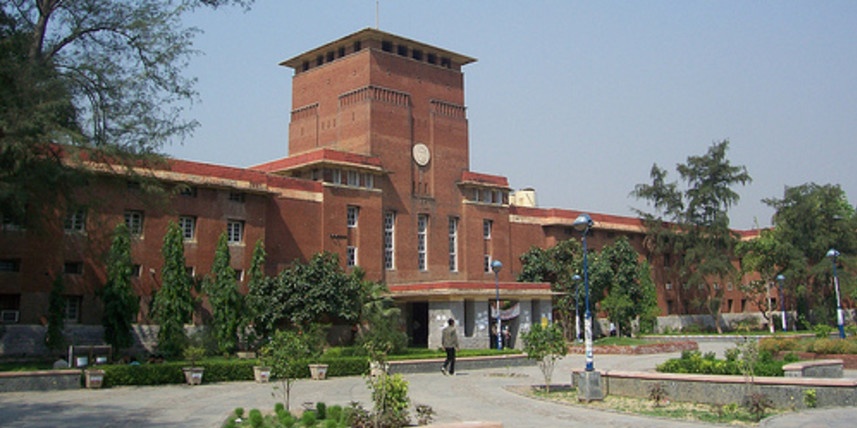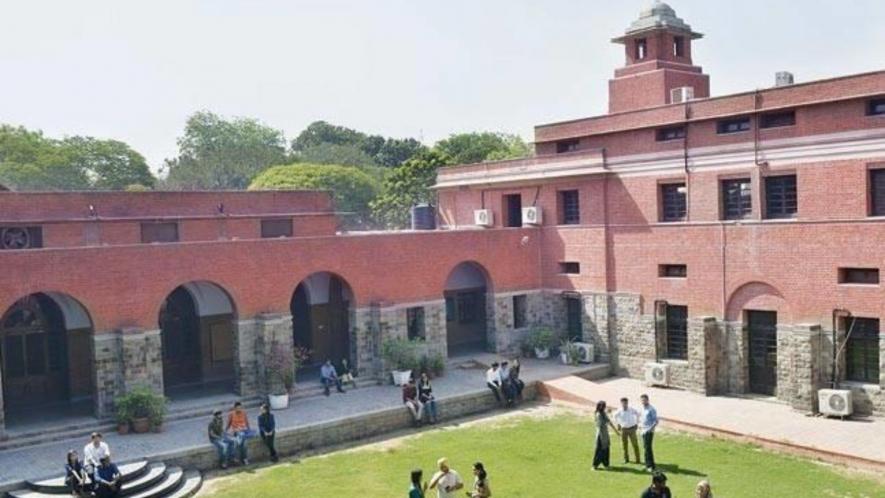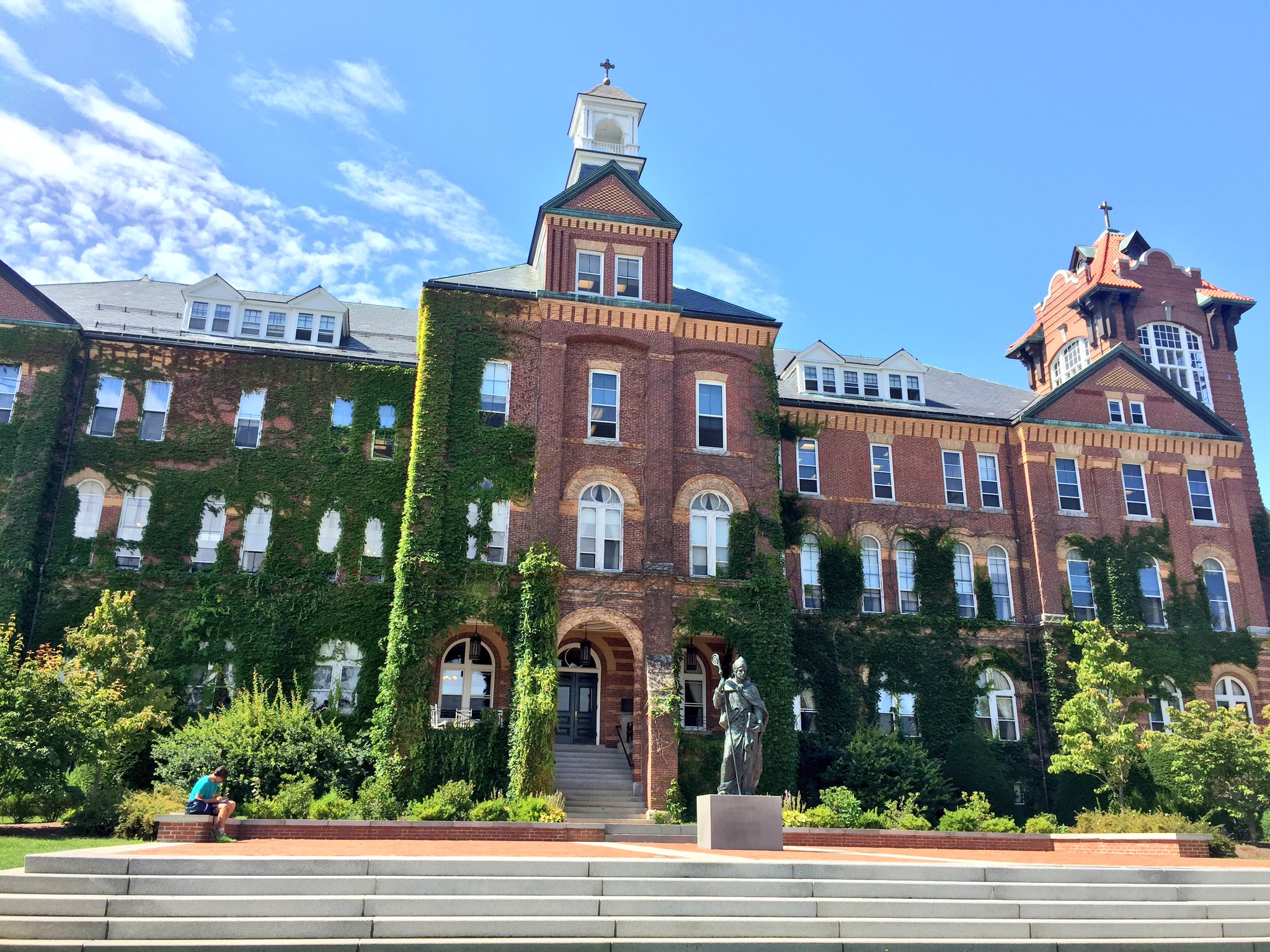Some students who were raised abroad may not always be able to distinguish between a college and a university in the United States. The notion of “college” varies across nations, which might be confusing for potential foreign students who want to study in the United States.

George DaPonte, head of foreign admissions at the University of Tampa in Florida, gives one example: “In Spanish, ‘colegio’ means high school.”
According to admissions experts, there are several reasons why some prospective students could overlook American universities with the word “college” instead of “university” in their name. Students can lose out on a school that would have been an excellent fit if they do this.
Although the names of certain four-year postsecondary institutions in the United States are “college” and others are “university,” all of them award undergraduate degrees. When investigating American schools and universities, bear the following additional considerations in mind.
What Is a College?

Johanna Fishbein, director of college and university counseling at The American School in Switzerland (TASIS), stated via email that colleges with the word “college” in their names are typically smaller establishments that prioritize undergraduate education. There are several exceptions, thus this is not a rigid rule.
Some universities, referred to as liberal arts colleges, provide their students a wide education rather than forcing them to specialize in a single field of study from an early age.
Hannah Kim, associate director of international admission at Franklin & Marshall College in Pennsylvania, states that “liberal arts colleges do exist in other countries, such as in Europe, but they are much less common and they don’t always include the residential community living experiences that you find at American liberal arts schools.”

According to admissions experts, prospective students may also erroneously believe that liberal arts colleges exclusively concentrate on the humanities. However, several of these institutions also grant degrees in scientific subjects.
According to Fishbein, another widespread misperception is that universities with the word “college” in their names don’t provide many possibilities for research.
However, according to Kim, 65% of Franklin & Marshall students engage in research prior to graduation.
A community college is another kind of institution in the United States with the word “college” in its name. These are two-year institutions that award certificates relevant to careers as well as associate degrees. Although the word “college” is in their name, some community institutions have sizable enrollments.
In order to finish their bachelor’s degree, some students transfer from community colleges to four-year institutions.
What Is a University?

Numerous educational establishments bearing the term “university” are bigger establishments providing a wide range of undergraduate and graduate degree programs.
Occasionally enrolling tens of thousands of students, public universities rank among the largest educational institutions. Research is another area in which these universities take great pride.
According to Chelsea Keeney, director of foreign student recruitment, sponsored students, and exchanges at the University of Minnesota—Twin Cities, however, it is a myth that all institutions with the word “university” are large.
A few are really little, such Alaska Pacific University, which according to U.S. News enrolls roughly 300 undergraduates.
Not every university is public, either. Several Ivy League universities, such as Princeton University in New Jersey, are among the numerous private universities.
Keeney notes that the fact that large institutions are sometimes composed of smaller sections called colleges can occasionally add to the confusion for international students. Every one of these universities focuses on a certain academic field, such social work, engineering, or business.
Furthermore, liberal arts education is not limited to tiny universities. Undergraduates at several universities follow a core curriculum consisting of a number of general education courses before concentrating on their major.
Large universities typically provide a greater range of research opportunities than small colleges due to their size. “But undergraduate students may need to compete with graduate students for resources and opportunities,” Fishbein asserts.
Which Type of School Is Right for You?
The size of the institution is a fantastic location to start your investigation. Kim notes that small faculty-to-student ratios are emphasized in many American colleges.
(To help students make decisions, U.S. News provides a variety of college rankings and school profiles with the most recent information about each college and university.)
According to Kim, rather than having bigger lecture-style classes, the majority of liberal arts universities have small class sizes that emphasize group discussions and student participation. With an average class size of roughly 17, Franklin & Marshall College, according to her, boasts a 10:1 faculty-to-student ratio and a close-knit community that encourages students to customize their educational experiences.
According to her, investigating an institution’s learning environment style can be a smart place to start.
“Applying to a range of institutions can also be a good idea, as you might be surprised by the opportunities and options available that you hadn’t previously considered,” advises Kim.
According to DaPonte, there are a number of ways to make an informed choice, such as visiting the social media pages of the institutions, reading through the reviews left by current students, and consulting with trustworthy college counselors, family, and friends. In addition, he suggests stopping by a prospective school, observing a class, and striking up a conversation with current students in the dining hall or quad.
Kenney advises students to emphasize on programmatic offerings, campus life, prices, scholarships, outcomes, research spending, and connections with present students rather than on the pros and cons of college vs university.
“It is best for a new student to reflect on their personal priorities,” advises Keeney.
These can include the availability of substantial study abroad choices, specific degree programs, and faculty-led research opportunities for undergraduates at the institution. It also entails considering the area and distance from home.
According to Keeney, “these attributes are a reflection of a unique student preference, not a college versus university argument.”





